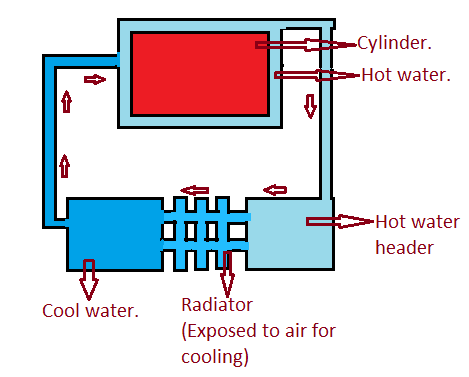A ring gasket, also known as a full-face gasket, is a type of gasket that is typically used in high-pressure applications. It is a circular gasket that covers the entire flange face and is designed to form a seal between two flanges.
Ring gaskets are typically made from materials that are compressible, such as rubber, cork, graphite, and PTFE. They can also be made from metal or a combination of metal and filler materials. They are often used in applications where tight seals are needed and in high-pressure and high-temperature applications.
One of the main advantages of using ring gaskets is that they provide a more effective seal than other types of gaskets, such as sheet gaskets. This is because they cover the entire flange face, which ensures that there are no gaps or openings between the flanges that could allow fluids or gases to leak through.
Ring gaskets are used in various applications and industries, such as oil and gas, water and sewage treatment, power generation, chemical processing, and many more. They are used in pipe flanges, manways, covers, etc. Due to the versatile usage, there are different types of ring gasket available such as:
- Spiral Wound Gasket
- Ring Joint Gasket
- Kammprofile gasket
When choosing a ring gasket, it’s important to select the right material and thickness for the specific application and the conditions in which the gasket will be used. Also, the dimension and pressure rating of the flanges should match the ring gasket specifications.
What is a ring joint gasket used for?
A ring joint gasket (also known as RTJ gasket) is a type of gasket that is used in high-pressure, high-temperature applications, such as oil and gas pipelines, power generation, and chemical processing. These gaskets are designed to form a seal between two flanges that have raised-face or ring-type joint (RTJ) grooves machined into them.
Ring joint gaskets are typically made from metal, such as carbon steel, stainless steel, or alloy steel. They come in several shapes: oval, octagonal, and circular. The shape of the gasket is determined by the shape of the groove in the flange. The gasket shape also determines its pressure rating and class.
One of the main advantages of using ring joint gaskets is that they are designed to withstand high pressures and temperatures. They also provide a more effective seal than other types of gaskets, such as sheet gaskets, because they fit snugly into the RTJ grooves of the flange and compress uniformly around the circumference of the gasket, creating a high integrity seal.
Ring joint gaskets are also commonly used in applications where safety and environmental regulations are important, like nuclear and hydroelectric power plants, oil and gas production and refining, petrochemical processing, etc. Because of the high integrity seal, it also reduces the risk of leakage and spills, which can be dangerous and costly.
When using ring joint gaskets, it’s important to use the right gasket shape and material for the specific application and the conditions in which the gasket will be used, as well as to ensure the proper installation and tightening of the bolts. It is also important to use a gasket of the right size and with the right pressure rating and class that matches the flanges used in the application.


